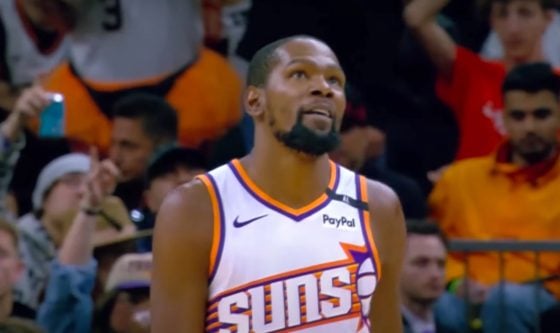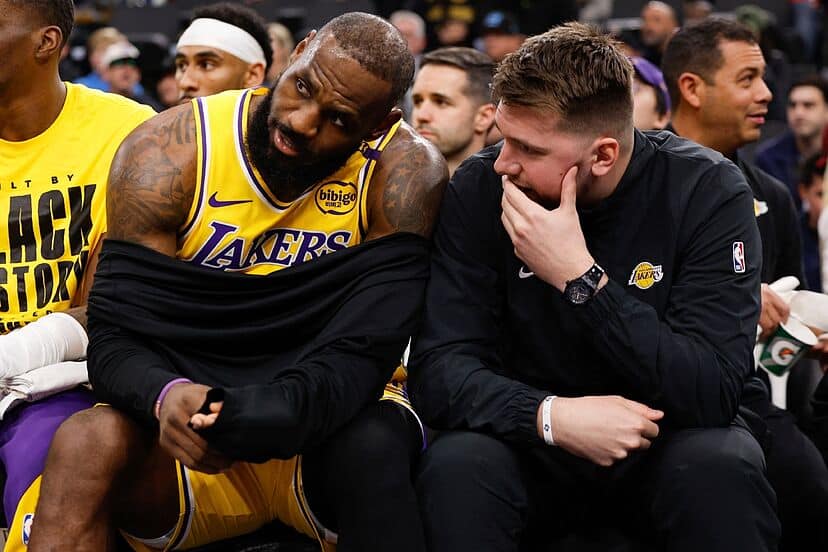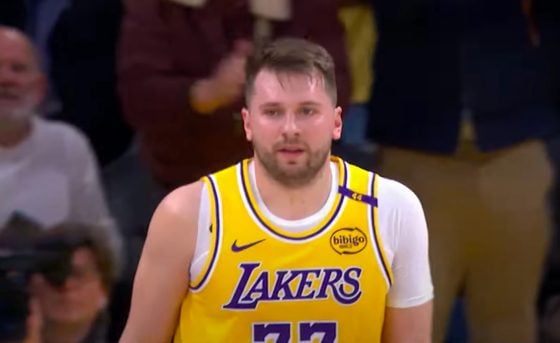For years, former Celtics President of Basketball Operations Danny Ainge was notorious for hoarding assets— most notably, the plethora of first-round draft picks that he’d accumulated after the Big Three era. Naturally, Boston was consistently tied to trade rumors under Ainge, largely due to the pile of assets at his disposal.
Fortunately for the Cs, he was very picky with the deals he’d actually go through with and those assets turned into players like Jaylen Brown and Jayson Tatum.
Now, two years removed from Ainge’s “retirement” (which was just his reasoning for stepping down and eventually heading home to Utah), there’s a new draft-pick-collecting sheriff in town.
Brad Stevens has done an excellent job since taking over for Ainge in 2021. He was able to help the Celtics return to the NBA Finals within one year of stepping into the front office, making a few notable trades along the way. His first order of business was to bring back Al Horford in a deal with the Oklahoma City Thunder. Then several months later, he landed Derrick White at the 2022 trade deadline from the San Antonio Spurs.
However, Stevens has begun to fall in love with draft capital as of late, specifically second-round picks. A few months back, he traded back thrice at the 2023 NBA Draft, before eventually picking Jordan Walsh 37th overall.
His infatuation with those selections has done enough to see the Celtics slotted eighth on Bleacher Report’s draft asset rankings list.
Boston will have the luxury of being able to pick in each first round of the next seven NBA Drafts (twice next year). Plus, they’ll have anywhere from 8-10 second rounders during that same time span.
With the Celtics on the cusp of winning their 18th NBA title, you may be wondering why you should care. Shouldn’t they use those picks to add more talent now?
Maybe, but they’re kind of restricted financially and wouldn’t be able to do anything major without giving up a key rotation piece. In fact, it’s actually important that Boston holds on to as many of those picks as possible.
The Celtics’ pile of picks can help them survive the new CBA
It’s been one of the main storylines surrounding the NBA this summer. The new collective bargaining agreement has arrived and is ready to dish out some serious punishment for teams who overspend.
Under that new CBA, any franchise that finds itself $17.5 million above the luxury tax line will face penalties that are staggered for the first two years of the agreement.
Teams that violate the “second apron” in the 2023-24 season won’t be able to sign free agents using the taxpayer midlevel exception, aggregate player salaries together in trades, send out players via sign-and-trade, or send cash considerations out in trades.
The following year, in 2024-25, things get tougher. Organizations in violation at this point would be restricted from trading their first-round picks seven years out. In the case that a team violates the second apron in two of the ensuing four years, their first-rounder will be moved to the end of the round in that year’s draft.
Entering the 2023-24 season, the Celtics find themselves about $4 million away from violating the second apron per Spotrac. Things will be even worse next year once Brown’s $304 million extension kicks in. Then the year after that you’d have to imagine that Tatum will enter the first year of a similar extension.
Boston will have both of their major players locked up for the foreseeable future, and they’ll be able to use the plethora of picks that they’ve got in order to fill the roster around them.
Strategically, the Cs will be paying out much cheaper contracts if they elect to roll with the players that they draft. Think Jordan Walsh who signed a four-year deal worth just $7.6 million in total after Stevens signed him long term with the second round pick exception. Assuming that Boston doesn’t find themselves in the lottery anytime soon, the most they’ll have to pay (subject to cap inflation) is about $3.6 million annually, per RealGM.
Luke Kornet, Sam Hauser, Dalano Banton, Oshae Brissett, and Walsh are the only players on the current roster making less than that.
It’s not a perfect science. Fans have seen the Celtics miss on picks for decades now. However, having more picks increases the odds of finding a diamond in the rough, which could be vital to their long-term success.






